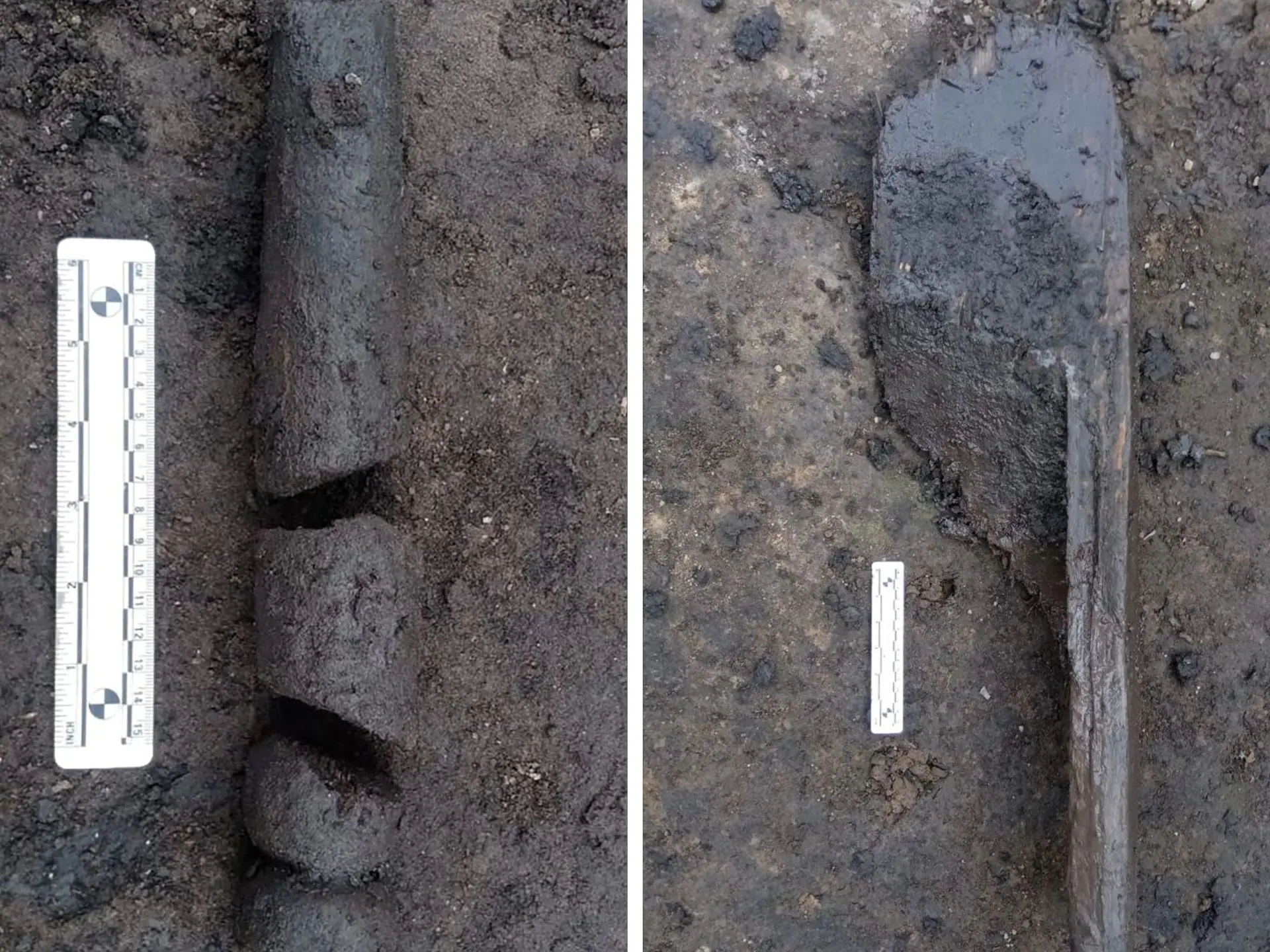Archaeologists from the National Institute of Anthropology and History (INAH) have uncovered the remains of a 400-year-old wooden ship during a rescue excavation in the city of Chalco de Díaz Covarrubias, Mexico.
Excavations have located seven pieces of timber that measure 1 metre in length by 25 cm’s in width. The timbers date from the early period of the Viceroyalty of New Spain after the fall of Tenochtitlan (1521).
At the time, the location of the excavation site would have been in the region of Lake Chalco, one of the Great Lakes named after the ancient city of Chalco. Lake Chalco, along with Texcoco, Zumpango and Xaltocan, and the freshwater Xochimilco, were home to many Mesoamerican cultures such as the Toltecs and the Aztecs.
Based on the curvature on the outside of the timbers, the researchers suggest that they may be from a Brigantine type vessel (two-masted sailing vessel with a fully square-rigged foremast and at least two sails on the main mast) used by the conquering Spanish, or possibly to hold acalco canoes of the indigenous people on the lake shore.
Historical accounts record how the Spanish constructed a navy consisting of shallow-hulled Brigantine type vessels to seize the Great Lakes in 1521. The ships were built from salvaged wood and other hardware from the ships that Cortés had ordered to be destroyed when he landed at Vera Cruz in April 1519.
Excavations by INAH also uncovered the remains of a settlement at a depth of 2.5 metres. The settlement would have been located on the northeastern shore of Lake Chalco near the ruins of the ancient Tlatilco city of Tlapacoya.
Header Image Credit : Guillermo Hernandez Garcia







